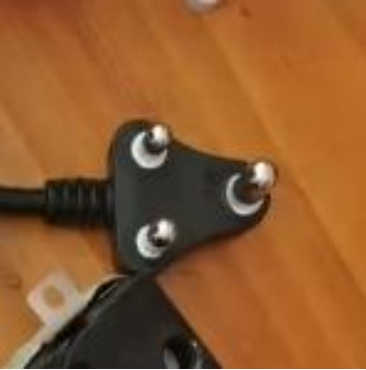The Importance of Rubber Car Door Seal Strips
Rubber car door seal strips play a crucial role in ensuring the overall functionality and comfort of vehicles. These seemingly simple yet essential components are designed to provide a tight seal around car doors, preventing water, air, dust, and noise from entering the vehicle's interior. This article explores the significance of rubber door seal strips, their benefits, and tips for maintaining and replacing them.
The Functionality of Rubber Door Seal Strips
At the core of their design, rubber car door seal strips serve multiple functions. First and foremost, they are integral to maintaining the vehicle's cabin environment. By creating a hermetic seal when the car doors are closed, these strips help to keep out rain, snow, and humidity, which can otherwise lead to corrosion, mold, and unpleasant odors inside the car.
Moreover, the rubber seal strips also contribute to the vehicle's sound insulation. They significantly reduce road noise and vibrations, providing a quieter and more pleasant driving experience. This is particularly beneficial for long journeys where excessive noise can lead to fatigue and discomfort for both the driver and passengers.
In addition to these protective features, rubber door seals also enhance energy efficiency. By preventing air leaks, they help regulate the temperature inside the car, reducing the workload on heating and cooling systems. As a result, this can lead to improved fuel efficiency, saving both money and energy over time.
Benefits of High-Quality Rubber Materials
The material used for these seal strips is crucial to their performance and longevity. High-quality rubber is designed to withstand varying climate conditions, from the scorching heat of summers to freezing winters. It is also resistant to UV rays and ozone, which can degrade lesser quality materials over time. Investing in high-quality rubber door seal strips means less frequent replacements and better overall vehicle performance.
rubber car door seal strip

In addition to durability, many modern seal strips incorporate advanced technology, such as sound-dampening properties and enhanced flexibility. These advancements ensure a snug fit, which can help maintain the vehicle's resale value by preventing issues related to water damage or excessive noise.
Signs Your Rubber Seal Strips Need Replacement
To maintain the efficiency of your vehicle, it's essential to keep an eye on the condition of your rubber door seal strips. Signs that they may need replacement include visible cracks, tears, or deterioration. You might also notice drafts or water leaks when it rains, or excessive road noise while driving. If you find that the rubber feels hard and inflexible, it's a strong indication that the material has aged and is no longer providing the necessary seal.
How to Maintain and Replace Rubber Seal Strips
Maintenance of rubber door seal strips is relatively simple. Regularly clean the seals with a soft cloth and mild soap to remove dirt and debris that can cause wear over time. Applying a silicone-based lubricant can also help maintain flexibility and prevent sticking.
When it comes time for replacement, it's essential to select the right strip for your vehicle's make and model. Many manufacturers provide specific recommendations, and it's wise to purchase from reputable suppliers to ensure you receive high-quality materials. Installing new seals might seem daunting, but most can be done with basic tools and a bit of patience, or you can seek assistance from professional mechanics.
Conclusion
In summary, rubber car door seal strips are a small yet vital component of vehicle design. Their ability to protect against the elements, enhance comfort, and improve energy efficiency makes them essential for any car owner. Understanding their importance and maintaining them properly can lead to a better driving experience and prolong the life of your vehicle. So, the next time you open your car door, take a moment to appreciate these humble yet indispensable rubber strips that work tirelessly to keep you comfortable and safe on the road.
-
The Versatility of Cloth Insulation TapeNewsApr.07,2025
-
The Power of Self Amalgamating Silicone TapeNewsApr.07,2025
-
The Importance of Weatherstrip Seal: Your Ultimate Protection SolutionNewsApr.07,2025
-
Tape Electrical Insulation: A Reliable Solution for Your Electrical NeedsNewsApr.07,2025
-
Discover the Wonders of Electrical Splicing TapeNewsApr.07,2025
-
Discover the Versatility of PVC Electrical TapeNewsApr.07,2025
